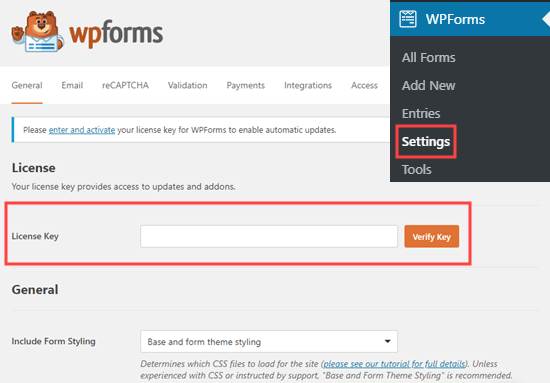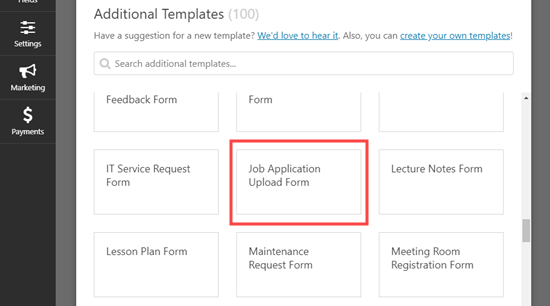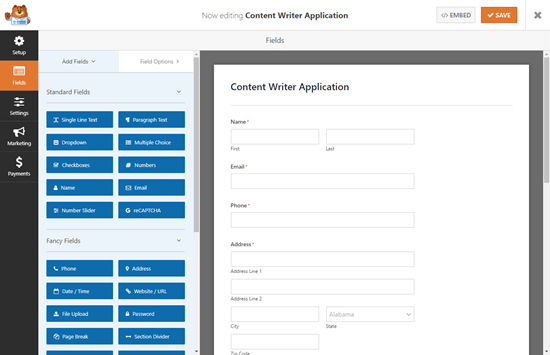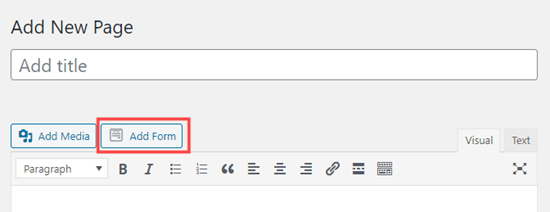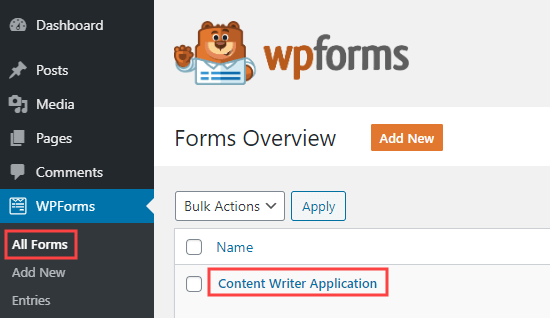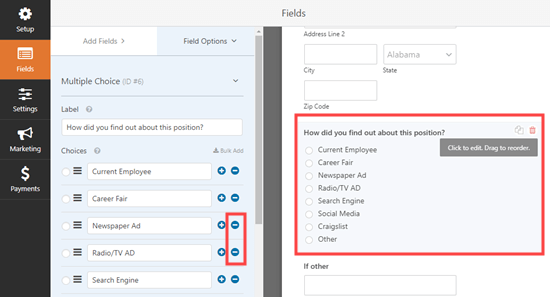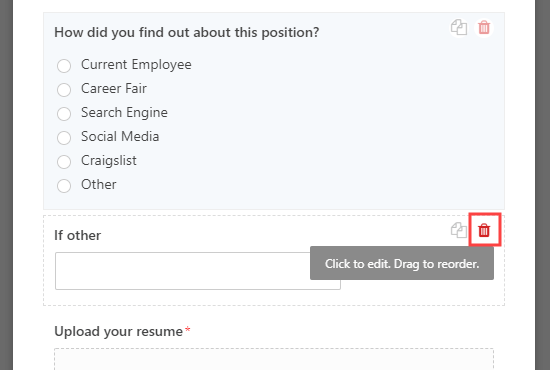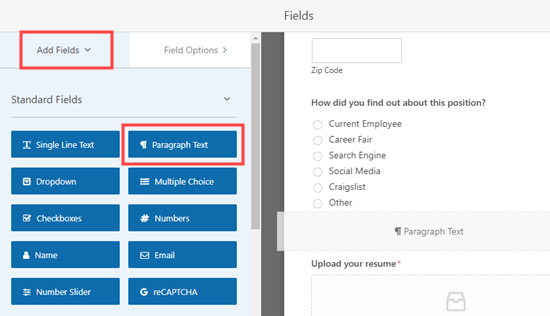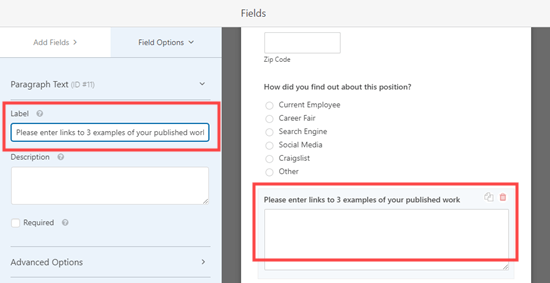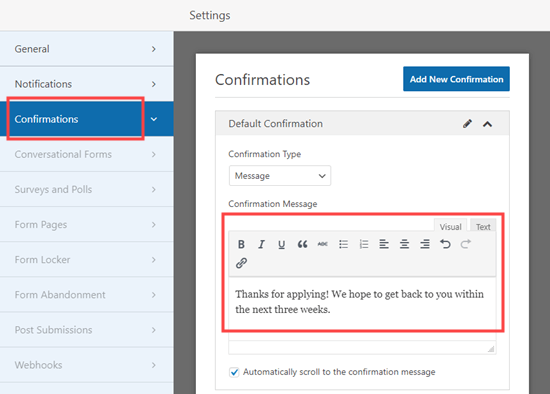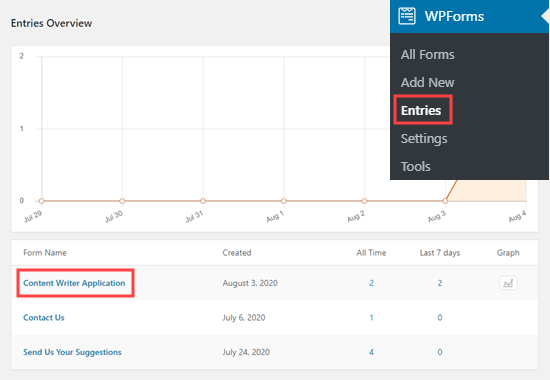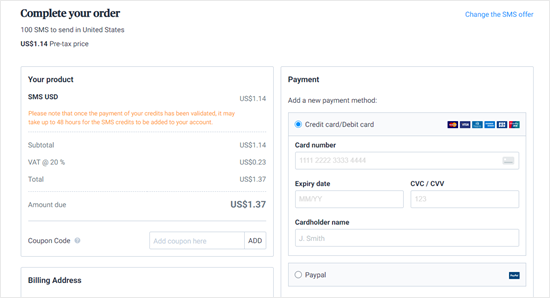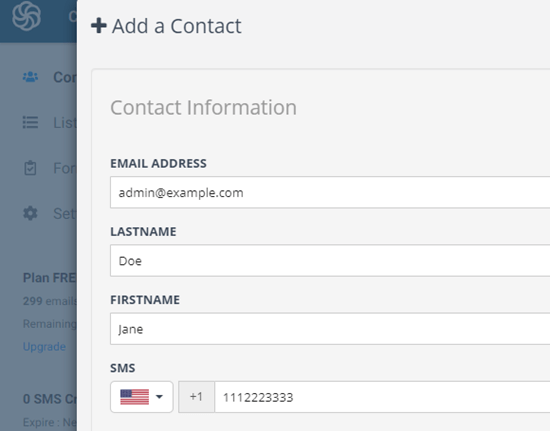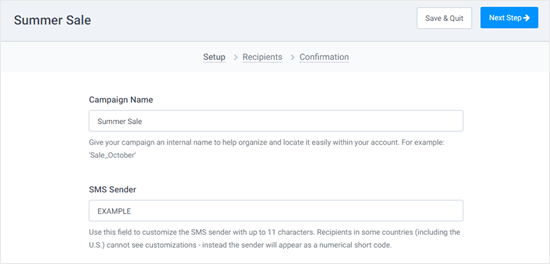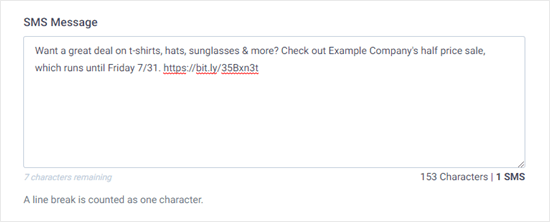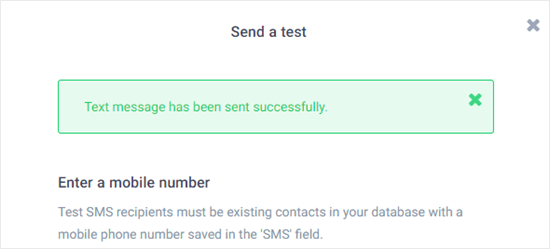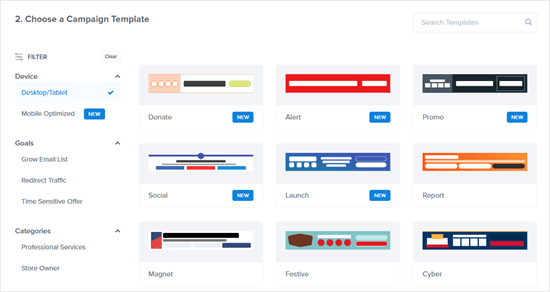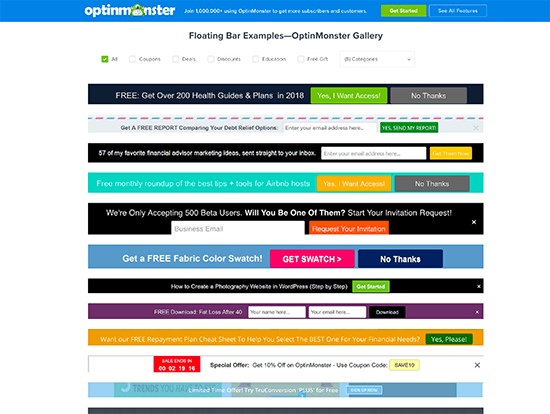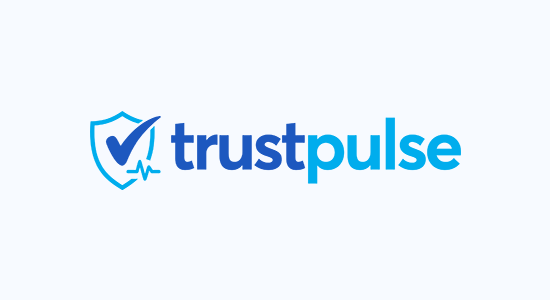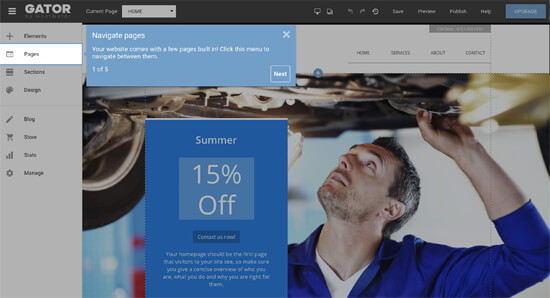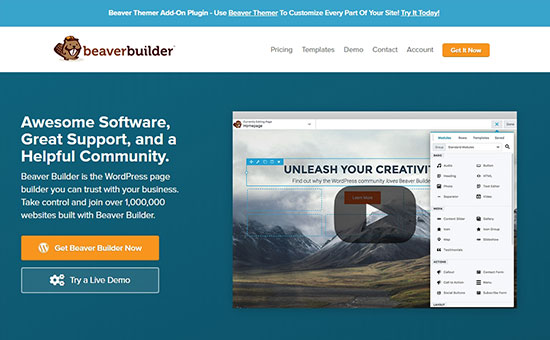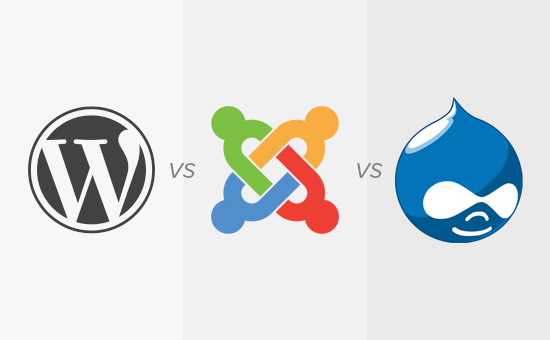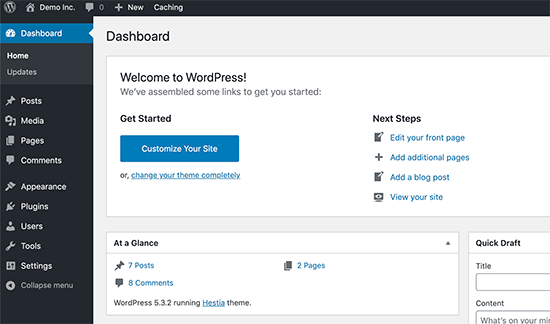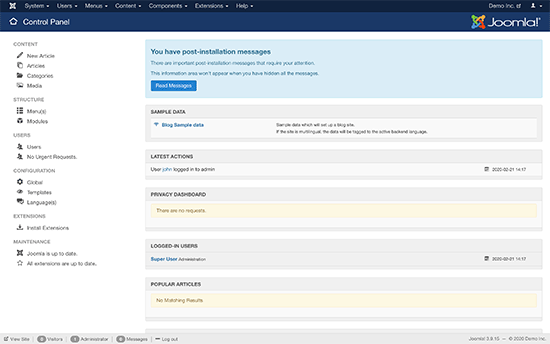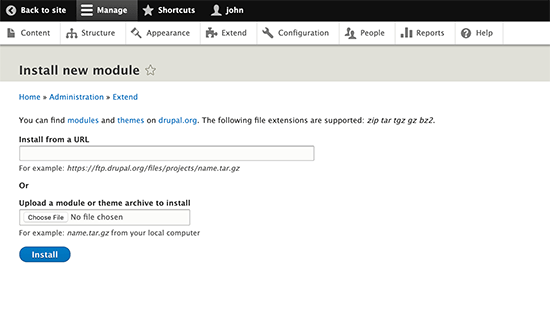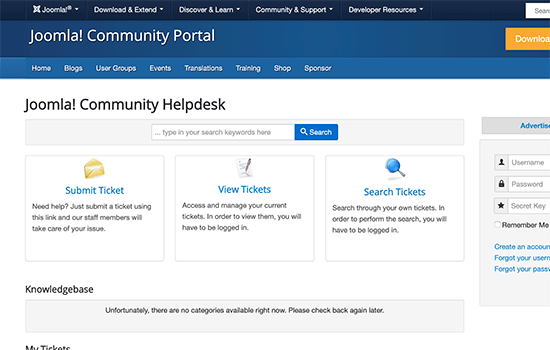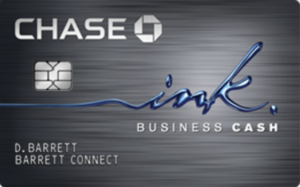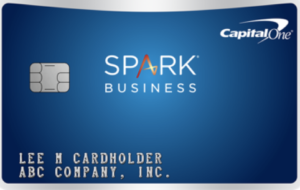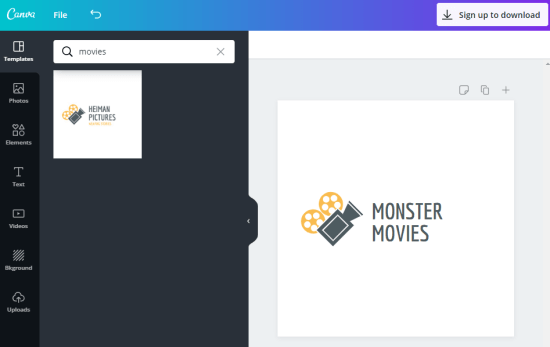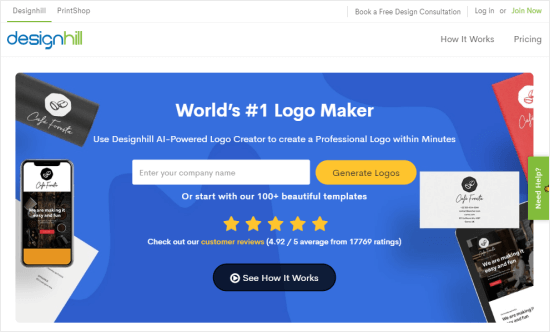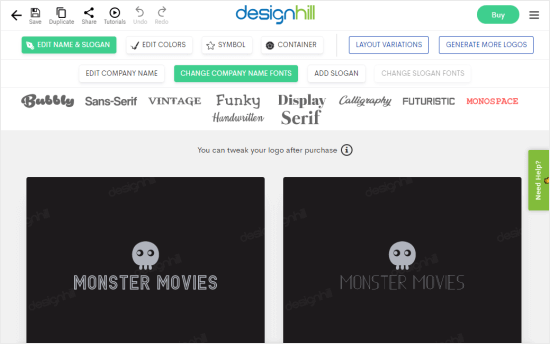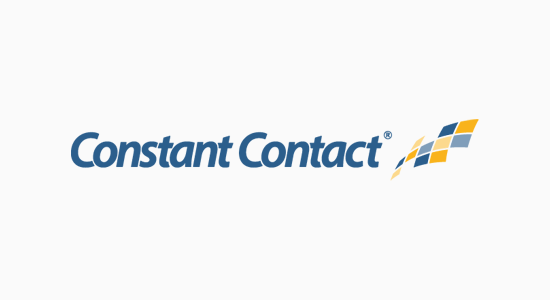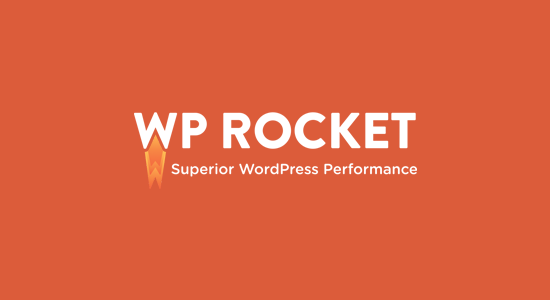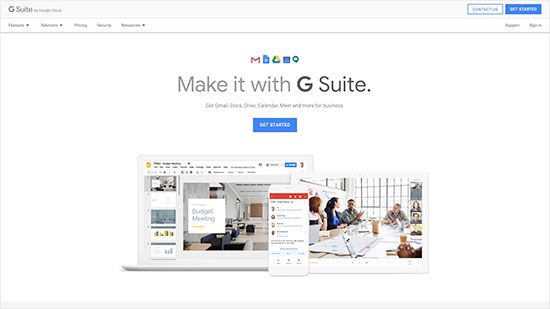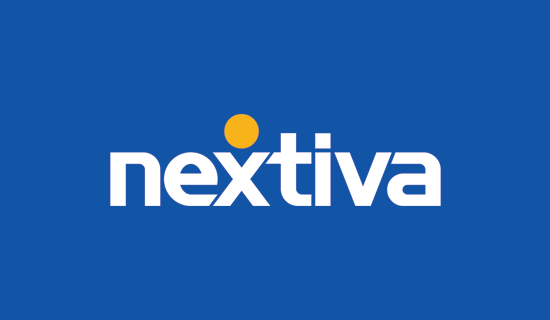Due to the Coronavirus (COVID-19) pandemic, there is a lot of uncertainty in the world, especially for small business owners.
Many small businesses are being forced to adapt and make critical changes just to survive.
During these tough times, the world seems uncontrollable. That’s why it’s extremely crucial for us, small business owners, to focus on what we can control because that’s how we will survive and thrive during these unprecedented times.
In this ultimate coronavirus small business guide, I will share the top tools, tutorials, and WordPress resources that can help you adapt to the changes, streamline your workflow, and even grow your business.

Note: I will be updating this guide through out the next couple of weeks to add more resources as I find them. If you’ve seen helpful guides, then please let me know in the comments below, and I’ll update the list.
Quick Intro (Covering the Basics)
A lot of you reading this coronavirus small business resource might be new to WPBeginner, and I want to welcome you to our community.
My name is Syed Balkhi, and I created WPBeginner over 10 years ago to help small businesses grow and compete with the big guys in the digital world.
In my 17 year career, I have built multiple successful small businesses with 100% remote teams. Currently, my companies have over 130+ employees, completely remote, all over the world.
I am creating this resource because many of my friends, family members, WPBeginner readers, and thousands of fellow entrepreneurs are hurting / going through a lot of change.
My hope is that by sharing my experiences, helpful tools, and useful WordPress tutorials, we can help others navigate through this crisis and succeed once it’s all over.
The only thing I ask in return is that if you find this guide helpful, then please spread the word (share it on social media, message the link to a family member, and / or email it to friends who can benefit from it).
Important: To save you time, this article DOES NOT contain information on how to get small business loans or anything related to coronavirus small business relief / business grants / financial assistance programs. Forbes is attempting to keep an updated list of various COVID-19 relief programs, but it’s always best practice to check with your local government authorities for this information.
I am going to divide this article into two sections. First part is for small business owners looking to transition to remote work and/or establish a digital presence to grow online.
Second part is for small business owners looking for side-hustle ideas to supplement their main income. The second part can of course be utilized by anyone (including students). I highly encourage you to take action.
Ultimate Tools to Help Small Businesses with Remote Work (Digital Presence)
In this section, I will share the list of tools that we use in my various companies to streamline our workflows, processes, and ultimately grow online.
You do not need to use all these tools, so please only pick what you need for your specific industry, business, and use-case.
Transparency Disclaimer: WPBeginner content is reader-supported, which means if you click on some of the links in this post, we may earn a small referral fee. Please know that we only recommend products that we use ourselves and/or believe will add value to our readers. See how WPBeginner is funded for more details.
Here’s a quick outline to help you easily navigate:
Best Website Builder for Small Businesses
If you’re looking to establish your online presence, then you’re likely looking for a website builder.
I have tested all the popular ones, and I can confidently say that WordPress is the best. Rest of the world agrees with me too considering WordPress powers 35% of all websites on the internet.
With WordPress, you can create any type of website from simple business sites to online stores, restaurant website, gym sites, etc etc.
You can follow my step by step guide on how to make a website for detailed instructions.
We also have specific tutorials on how to start an online store, and how to start a blog in case you’re looking for that.
The best part about WordPress is that it comes with tons of free templates (aka themes) that you can use. For easy customization and gorgeous designs, I recommend using Divi by Elegant Themes, it’s a powerful WordPress page builder.
Divi comes with pre-made layouts for every industry (gyms, cafes, restaurants, etc). You can also try Astra Theme because they also have tons of starter templates.
Once your website is live, use our WordPress SEO guide and these proven tips to grow your website traffic.
Business Phone Service that Work Anywhere
We use Nextiva for our business phone service.
Since it’s a business VOIP provider, they have a mobile and desktop app that allows our various team members to receive client calls without having to share their cell phone numbers.
It comes with tons of other powerful features like caller ID, call forwarding, routing, custom greetings, call analytics, customer CRM, live chat, and more. Basically it’s a unified communication platform that lets you work from anywhere.
If you’re looking for an alternative, then check out RingCentral. They’re fairly competitive as well.
Reliable Business Group / Team Chat
With remote teams, communication is like oxygen. You need to have a reliable team chat software.
I recommend using either Slack or Microsoft Teams.
Slack is free with limited storage and up to 10,000 message. However it gets expensive when you try to upgrade to the Pro version.
Microsoft Teams is free for everyone, and they give you even more features with Office365 accounts which is great because that saves you money in the long run.
Online Conference Calls (Group Meetings)
Call quality is my #1 priority when it comes to online conference calls.
If you’re only doing audio conferencing, then Nextiva is perfect. Everyone can either dial-in from their phone or connect using the Nextiva app.
If video conferencing is important, then I recommend using either Zoom or RingCentral.
Both solutions have desktop / mobile apps. Individuals can also dial-in from their phone as well in case internet connection quality isn’t good.
The free version of Zoom is good, but it restricts your calls to 40 minutes. If you’re thinking about upgrading to Zoom Pro, then you’re actually better off using RingCentral because they also offer virtual business phone number along with a complete platform.
If you want a completely free option, then you can use Skype as well. Although call quality suffers with larger groups.
Bulk Email Service to Contact Customers
In these tough times, you must stay in constant communication with your customers. Keep them informed about how you’re serving them, any special offers that you have running, and even how they can help you.
The easiest way to send bulk email is by using an email marketing service like Constant Contact or SendinBlue.
The cool part about these services is that they let you personalize the emails and save time. See this complete step-by-step email marketing guide for more details.
Setup Online Order Forms to Accept Online Orders
I know a lot of businesses are either switching to taking orders by phone or looking for an online alternative.
If you’re just looking for a simple order form, then use WPForms. It’s a WordPress form builder that let’s you easily create an order form and accept payments online.
If you need to sell multiple products online, then I recommend starting an online store using WooCommerce. It’s the most popular eCommerce platform in the world.
For more details, see our beginner’s guide on how to start an online store.
Create a Membership Site for Training / Tutoring / E-Learning
A lot of gyms, yoga classes, personal trainers, tutoring centers, and schools are shutting down due to this coronavirus pandemic.
You can transition to virtual classes using one of the many platforms.
With WordPress, you can use the MemberPress plugin to create members-only area, share content, collect payments, etc. We have a step by step tutorial on how to create a membership site.
If you want to have e-learning component that involves quizzes, grading, etc, then you can use LearnDash. It’s a powerful WordPress Learning Management Solution (LMS), and we have created a step by step guide on how to create / sell courses online.
You can combine both of these platforms with an online video platform like YouTube, Vimeo, or even a live conference software like Zoom to deliver content.
Some businesses and communities are using a membership site in combination with a Facebook Group where they’re using Facebook Live to run classes.
A lot of school districts are using Google Classrooms which is a free product by Google. It’s a bit complicated to use, but it gets the job done.
Basically, we need to use the resources available and be resourceful, so we can serve those around us.
Appointments and Booking Tools
As you move to remote work, managing appointments and bookings is a challenge. It’s hard to keep track of available time slots while avoiding the email back-and-forth.
The easiest tool that I have often used myself is Calendly. It’s a free tool for 1 calendar per user.
You can simply select available time slots, and send your calendly link to clients. Your client can pick a time that works best for them from your available slots, and Calendly marks that spot as reserved in your calendar, so no one else can claim it.
If you need to manage bookings for multiple people, then you can use WPForms. It has a booking form template that can seamlessly integrate with your Google Calendar and even Calendly.
For advanced booking plugins, I recommend checking out StartBooking or BirchPress.
Email Support and Ticketing Software
If you’re looking for an easy way to collaborate on emails with your team, then the most proven solution is to use an email support ticketing software.
At my team, we use HelpScout. It’s a robust platform, and small teams can use their Basic plan which is very affordable (scroll down on pricing page, since they list it below their main plans).
FreshDesk and Front App are two other alternatives that you can also take a look at.
Live Chat Software
If you’re switching to selling online, then you might be looking for a live chat software. There are a lot of them, and some of them are really expensive.
My team uses LiveChat Inc. They offer a 30-day free trial.
If you’re using Nextiva for your business phone number, then they also offer Live Chat feature as part of their platform.
Other companies that I mentioned above like HelpScout, SendinBlue, etc also offer Live Chat as part of their higher plans.
If you’re a small business and don’t have the staff to manage Live Chat, then you can also look at using a ChatBot.com platform and use their bot templates to automate some support.
Time Tracking Software for Productivity and Accountability
One of the biggest critique I have heard from small business owners about remote work is loss of productivity and accountability.
That’s simply not true because my business has been remote for over a decade (but that’s a whole different debate).
You can use time tracking software like Time Doctor and HubStaff for improved accountability and reporting.
Easy Online File Storage / Document Sharing Apps
The easiest way to improve collaboration online is by using smart file sharing and document sharing apps.
There are a lot of providers that you can use.
Microsoft Office365 suite includes OneDrive, Word, Powerpoint, etc. that you can use to easily share files and collaborate online.
Dropbox along with Dropbox Paper is another great tool that you can use.
If you’re using Gmail, then you can also use Google Doc and their doc platform.
Note: I’m purposefully not linking to G Suite because Google compliance team has decided that they don’t want G Suite partners like us mentioning them in any articles related to Coronavirus (COVID-19). I use and love G Suite, but I’m greatly disappointed by their compliance team’s decision.
Online Project Management Tools for Small Business
The key to succeeding with remote teams is project management. When I first started, this used to be a big challenge, but it’s gotten a lot easier.
My team at Awesome Motive uses Asana because it’s both powerful and easy to use. We love it.
In the past, I have also tried Trello and Basecamp. Both of these apps are also good for specific use-cases, but they have their limitations.
Company Hub / Wiki Tools / Intranet solutions
The easiest way to create a company wiki is to make a WordPress site and use one of the Heroic Knowledge Base plugin.
If you want to create a complete intranet, then WordPress can help with that. See how to create an intranet for small business with WordPress.
If you’re using Microsoft Office365 suite, then they also offer intranet and team sites.
Some of my friends are using Notion, and they really love it. I tried it long ago, and it didn’t have the same level of flexibility, but they seem to have added a ton since then.
Online Forms Solution
Online forms are essential for all businesses. Whether you need to offer your customers an easy way to contact you, collect feedback / surveys, accept appointments or bookings, take online orders, etc etc.
My company, WPForms can help here. You can use either the free version, WPForms Lite, or use the pro version. It’s a robust platform used by over 3 million websites.
If you’re a developer trying to help small businesses create advanced form solutions like calculators, directories, forms that displays data on front-end, and other advanced forms, then I recommend using Formidable Forms.
Side Hustle Ideas for Small Business Owners, Entrepreneurs, and Students
I know these are tough times for everyone. With so much craziness and uncertainty in the world, several people have reached out to me for suggestions on side-hustle ideas to supplement their main income.
Through out history, humans have done some of our best work during times of crisis and stress.
In 1665, when Cambridge University closed for a year because of the Great Plague of London, a young scholar named Isaac Newton was sent home.
While at home, he discovered Calculus and refined the ideas that later became his theory of gravity.
In 1606, Shakespeare wrote Macbeth, King Lear, and Anthony and Cleopatra while quarantined at home.
We may not be Newton or Shakespeare, but you can learn how to use WordPress to build your dream and / or improve your site, so you’re stronger when all of the craziness pass away.
If it helps motivate anyone, I too launched WPBeginner in 2009 towards the tail-end of the global recession of 2008.
With that said, I want to emphasize that there are no shortcuts to making money online.
It takes a lot of work, and you have to treat your website like an actual business. Yes, it is a REAL job.
Anyone person that’s selling a “magic” course that will supposedly help you replicate their success, don’t waste your time or money on that. It’s a scam. There’s a special place in hell for these people especially if they try to market during these times.
Anyways, as long as you’re willing to do the leg work, I think you can make money online.
Here are 30 proven ways to make money online with your website or by offering services.
Specific side hustle ideas:
The easiest way is to sell your knowledge. If you’re a chef, teach others how to cook or sell recipes. If you’re a personal trainer, show people how to work out and sell virtual coaching classes. You can create a membership site with WordPress to sell eBooks, courses, etc.
Along the same line, you can start a blog to teach what you know, so you can build a following. This way you have an audience that you can market your products to, and / or even make money with ads.
You can start a food blog to share recipes, your favorite cooking appliances (affiliate revenue), etc.
If you’re witty, then you can also create a site like Buzzfeed and create entertaining content. People are consuming a lot of content right now, and you can make some money with banner ads.
You can create a question and answers website where you can charge for giving professional advice. You can even invite other professionals
You can also create a micro-jobs site like Fiverr for your local community and help others earn money while taking a small cut of each transaction.
You can create an auction site like eBay, but focus on specific niche or vertical, so you can quality control better, offer expert advice, etc.
If you love craft and making things with your hand, then you can sell your work on Etsy, or better yet create an Etsy-like store with WordPress, so you can avoid middle-man fees.
Again these are just some ideas that others have used to make extra income on the side. For more ideas, you should check out these 27 online business ideas.
Remember, whatever you do, please DO NOT fall for any get rich quick schemes during these times of crisis. There are no shortcuts to make money online!
It takes a lot of hard work and dedication (like any other business would).
The good news though is that you don’t need to spend thousands of dollars to broaden your skillset.
With WPBeginner, you can learn WordPress for free in a week or less.
We also have tons of useful free resources like:
Aside from WPBeginner, there are a lot of universities and creators that are making their courses temporarily free to help others expand their skillset.
Here are some helpful resources from other creators:
- Ryan Deiss (founder of Digital Marketer) has made all their digital marketing training available for free until March 31st. Get Digital Marketer Labs Plus for free.
- Joost de Valk (founder of Yoast) has made their All-round SEO training course available for free. It’ll be free until June 1st. They also have a free training on WordPress block editor for those who need it.
- Cole Joseph (founder of Cole’s Classroom) is offering all their photography training courses for free until April 8th.
- … more coming soon as I find them.
Final Thoughts
I know these next few weeks will feel very long … and I hope that these guides help you create something amazing that you’ll be proud of in the next 6 months.
As small business owners, we need to be disciplined, make the most of the resources available to us (be resourceful), and focus on opportunities that will have the biggest impact.
While the world seems uncontrollable, it’s extremely crucial that we focus on what we can control because that’s how we will win and come out ahead.
I’ll end the article with this beautiful quote from Maya Angelou:
You may not control all the events that happen to you, but you can decide not to be reduced by them.
Stay safe, healthy, and in good spirits 
If you liked this article, then please spread the word. Share it on social media, message the link to a family member, and/or email it to friends who can benefit from it.
Lastly, don’t forget to subscribe to our YouTube Channel for our WordPress video tutorials. You can also find us on Twitter and Facebook.
The post The Ultimate Coronavirus Small Business Guide – WordPress + Tools to Grow Online appeared first on WPBeginner.




